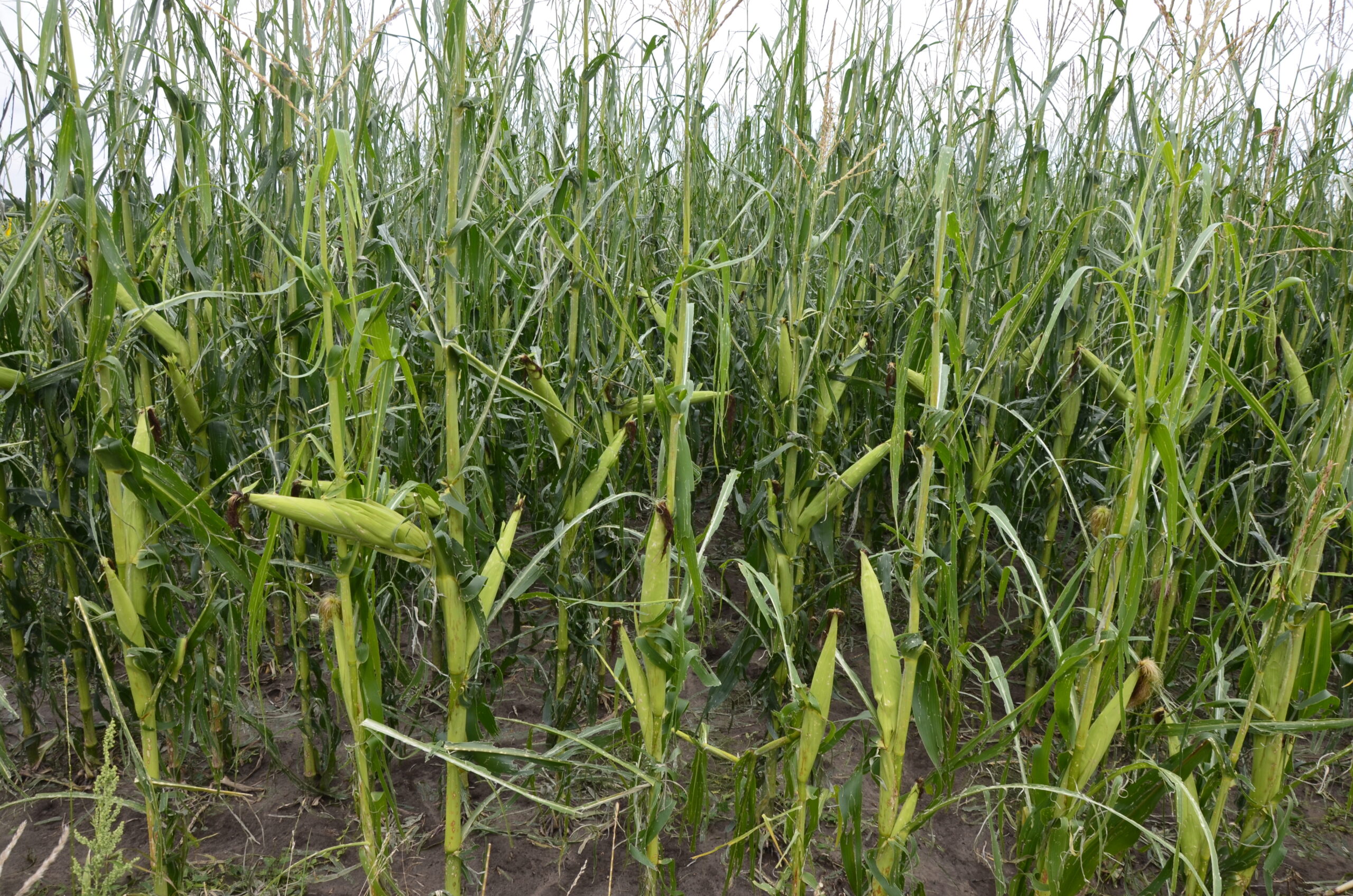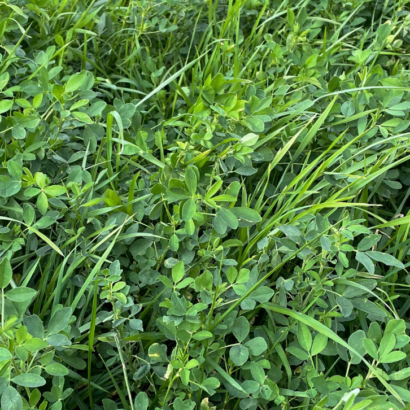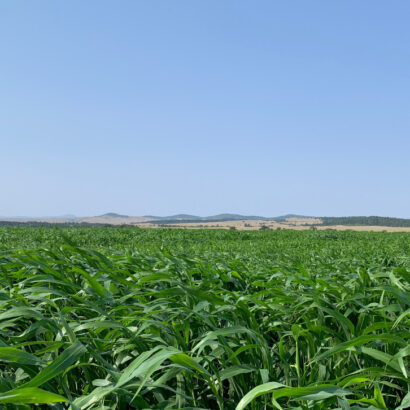Many areas of Iowa, Illinois, and Wisconsin all experienced devastating winds from the recent derecho, leaving crop fields damaged across the region. There are a few options when it comes to figuring out where to go from here with these acres, so let’s run through what those look like.
As fall gets closer, it may make more sense to use winter annuals that grow now, as well as the following spring. Cereal Rye grain is the most popular choice here, especially ahead of soybeans. Rye is very winter hardy and has an allelopathic effect against many weed species. Soybeans planted after rye do well with the increased ground cover and less weed pressure.
If you have a need for silage or your acres were fertilized for corn, make your first planting option forage sorghum. Forage sorghum will be the most similar in terms of feed value to corn and replicable to that in the diet. The clock is ticking on this species, however, and it should have at least 85 growing days left in the season for it to mature. Forage sorghum will produce a grain head that is ideally harvested at the soft-dough stage. This is the point when the plant’s stalk also starts to lose moisture to ensure an ideal dry matter percent for your silage. Many farmers and ranchers are used to chopping wet sorghum silage that needs to freeze dry, but finding an early maturing hybrid can help alleviate that running pile.
The best option to plant for a hay crop in the mid-summer months is millet. If you need a crop on wet and low acres, the most suitable type of millet for those mucky areas is Japanese Millet. It resembles a barnyard grass seed head, but will reach heights of three to four feet. The quality is average, but yield is phenomenal. And since yield is so good, that also means you will need to find a good drying period to cure the entire wind row.
The other millet option is a foxtail type, which would include both German and White Wonder millet. Other than the seed head colors, the slight differences are that German will be more drought tolerant and mature a few days quicker, while White Wonder is a tick taller and usually tests out better for quality. We plan on a 60 to 65 day maturity for each, and they’ll make two to three tons of dry matter per acre. Opposite of Japanese Millet, they both prefer well-drained soils.
One concern we typically hear from people with damaged crop acres is if their fertilizer applied for corn will cause nitrate issues on these alternative crops. If you’re deciding between millet or forage sorghum on these acres, it’s better to use forage sorghum on acres with high fertility. The nitrogen requirements for forage sorghum are about 80% that of corn’s. If millet is planted on these acres, it has a high potential to accumulate nitrates – which will not make it safe to feed to many classes of livestock.
I know it’s tough to look at hailed out or wind blown acres, but there are still ways to get the forages you need from your land and preserve your soil. Our team at Renovo is here to help. We’ve been through these scenarios before, and we’re not going anywhere. Call us at 605.627.1901 or visit us online at renovoseed.com.




Discussion
0 Comments